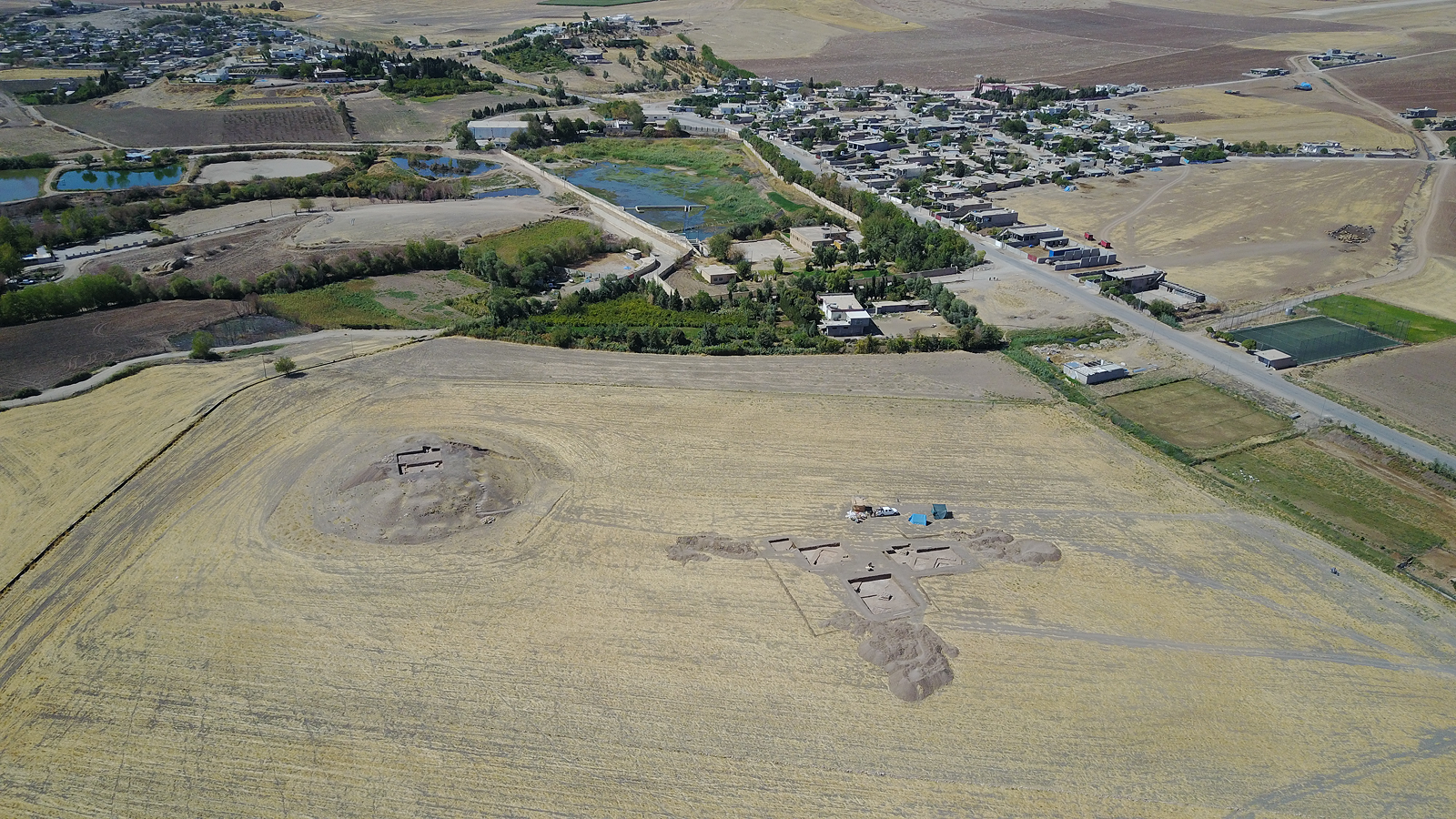China Aces Its 1st Rocket Launch at Sea, Puts 7 Satellites in Orbit
The Long March 11 rocket lifted off from a floating launch pad in the Yellow Sea just off the coast of Shandong at 12:06 a.m. EDT, or 12:06 p.m. local time (0406 GMT). It was the seventh launch of this type of Long March rocket, which first flew in 2015, and it was China's first attempt at an offshore launch into Earth orbit.
Related: China National Space Administration: Facts & Information
On board were two technology-experiment satellites and five smaller commercial satellites, according to the Chinese news site XinhuaNet.com. The two larger satellites, named Bufeng-1A and Bufeng-1B and built by the China Academy of Space Technology in Beijing, will monitor ocean winds to help improve weather forecasts.
Other payloads included an Earth-imaging cubesat, an experimental communications satellite called Tianqi-3, China's first two Ka-band communications satellites, and a new satellite for China's Jilin-1 remote-sensing satellite constellation, according to NASAspaceflight.com.
Videos of the launch, provided by the Chinese news agency CCTV, show the 68-foot (21 meters) Long March 11 rocket hurtling into the sky from the unnamed ship, which measures about 360 by 260 feet (110 by 80 meters).
Launching rockets at sea can offer several advantages over land-based rocket launches. For example, the rocket can lift off closer to the equator, where Earth's spin naturally provides a speed boost and decreases the amount of fuel needed to reach orbit.
- Are We Really in a New Space Race with China and Russia?
- China's First Mars Spacecraft Undergoing Integration for 2020 Launch
- Latest News About China's Space Program
Email Hanneke Weitering at hweitering@space.com or follow her @hannekescience. Follow us on Twitter @Spacedotcom and on Facebook.
Get the world’s most fascinating discoveries delivered straight to your inbox.

Hanneke Weitering is an editor at Liv Science's sister site Space.com with 10 years of experience in science journalism. She has previously written for Scholastic Classroom Magazines, MedPage Today and The Joint Institute for Computational Sciences at Oak Ridge National Laboratory. After studying physics at the University of Tennessee in her hometown of Knoxville, she earned her graduate degree in Science, Health and Environmental Reporting (SHERP) from New York University. Hanneke joined the Space.com team in 2016 as a staff writer and producer, covering topics including spaceflight and astronomy.




